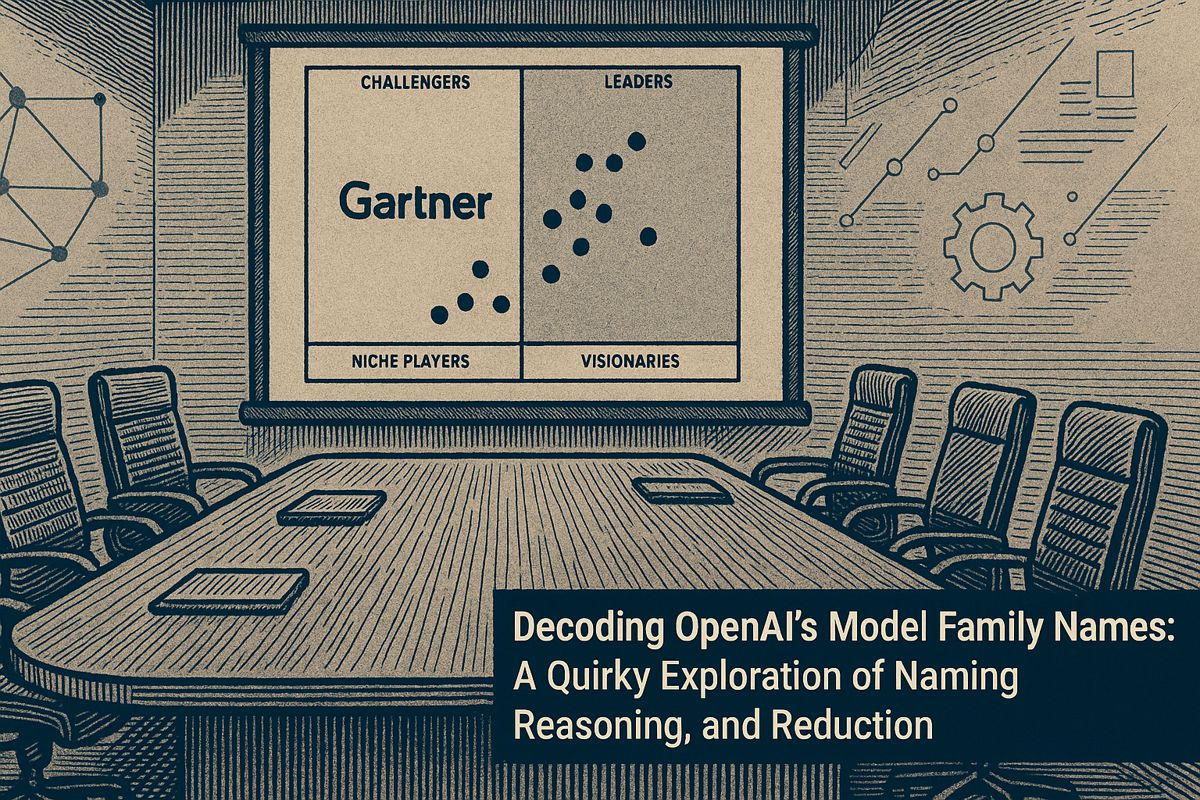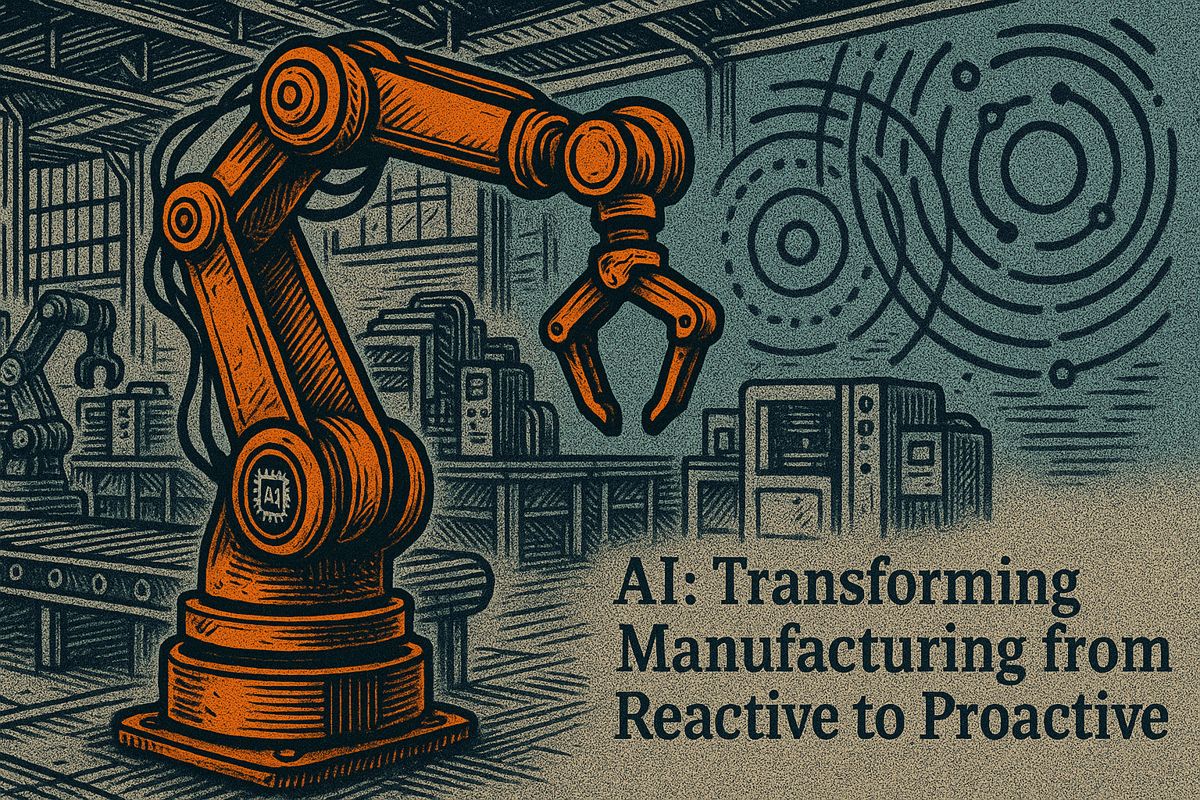Google’s Quantum Echoes algorithm has demonstrated a landmark 13,000x speedup over top supercomputers, fundamentally shifting quantum computing from a theoretical showcase to a viable enterprise solution. Running on the 105-qubit Willow processor, the algorithm has provided the first verifiable proof, peer-reviewed in Nature, that quantum systems can decisively outperform classical computers on practical workloads. Industry analysts are now focused on the next stages of development: improved qubit coherence, robust error correction, and seamless integration with existing AI pipelines.
How Google’s Quantum Echoes Achieves its 13,000x Speedup
The Quantum Echoes algorithm operates by injecting a signal into the quantum system, flipping a qubit, and then reversing the process to create an amplified ‘echo.’ This resulting interference pattern is highly sensitive to small changes, enabling the rapid and efficient evaluation of complex quantum dynamics.
Google’s official research blog confirms a 13,000x wall-clock speed advantage over the leading classical method running on a premier supercomputer. This performance relies on the Willow processor’s advanced hardware, whose 105 superconducting qubits achieve gate fidelities over 99%. This high fidelity minimizes errors, ensuring the result is both trustworthy and repeatable – a key factor that counters criticism of previous quantum supremacy claims. Further details on the Google Research site detail the roadmap toward creating stable logical qubits, which are essential for building future fault-tolerant quantum computers.
Immediate Applications: AI, Chemistry, and Materials Science
Industry experts identify several fields poised for immediate disruption, including large-scale optimization, materials science, and molecular simulation. Key applications include:
- Drug Discovery: In trials, the Willow processor modeled complex molecules in minutes, a task that takes classical systems days. This magnitude of speed-up promises to dramatically shorten pre-clinical timelines and lower research costs.
- Materials Science: Researchers can now conduct quantum-level studies of catalysts and battery materials, accelerating the search for components with higher conductivity.
- Artificial Intelligence: In AI, hybrid quantum-classical workflows could revolutionize training. By using a quantum coprocessor to generate high-quality data samples for a classical model, Google engineers project it may be possible to reduce training times for large language models (LLMs) significantly. Successful adoption will hinge on robust middleware like Cirq and deep integration with frameworks such as TensorFlow Quantum.
The Quantum Computing Competitive Landscape
While competitors focus on specific niches – such as IBM’s work on quantum-safe cryptography and Rigetti’s on fast error correction – Google’s 13,000x speedup provides significant narrative momentum. As Computerworld noted in its coverage, this is the first time a quantum computer has verifiably outpaced a supercomputer by such a large margin. The achievement positions Google strongly in a rapidly growing market, which is projected to reach $3.5 billion by 2025. However, a potential bottleneck for the entire industry is a shortage of quantum-skilled talent, not a lack of capital, with venture funding already exceeding $2 billion this year.
What Comes Next: Google’s Quantum Roadmap
Google’s near-term roadmap focuses on three critical objectives:
- Extending qubit lifetimes to over one millisecond.
- Demonstrating the first logical qubits with active error correction.
- Piloting an enterprise-ready, quantum-classical API service.
Achieving these milestones will directly impact the timeline for commercial AI acceleration, breakthroughs in chemistry, and widespread industry adoption of quantum technology.



















